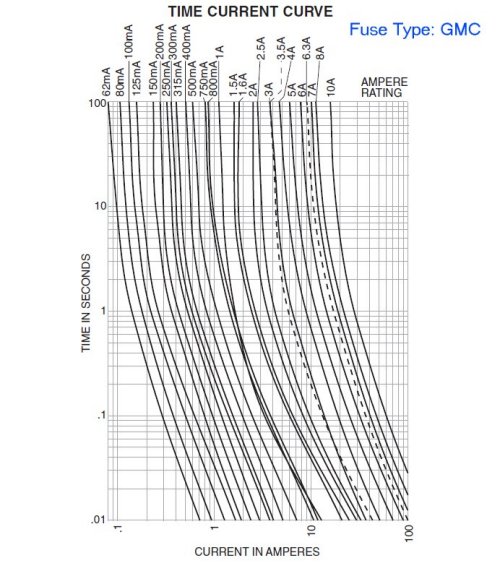Gixer
Well-known member
I was reading a thread on another forum (sorry, but not boat related) and they were talking about continuous current and blow current ratings for fuses. This has caused me concern as I wasn't aware of this before, I always assumed the rating was at which they blow..
Questions are,
How do you know if the fuses you have are rated for continuous current or blow current?
Are glass and blade rated differently?
Is it really an issue when you're talking about low current, for example. If you have a 12v circuit with 1.5mm cable running 10 LED lights each rated at 0.11amp's. You already have 2 amp glass fuses so would like to use them but I guess they would have a blow rate at 4amps? So should i be using a 1amp fuse and would this be different if I was using a blade type fuse?
Thanks
Questions are,
How do you know if the fuses you have are rated for continuous current or blow current?
Are glass and blade rated differently?
Is it really an issue when you're talking about low current, for example. If you have a 12v circuit with 1.5mm cable running 10 LED lights each rated at 0.11amp's. You already have 2 amp glass fuses so would like to use them but I guess they would have a blow rate at 4amps? So should i be using a 1amp fuse and would this be different if I was using a blade type fuse?
Thanks

